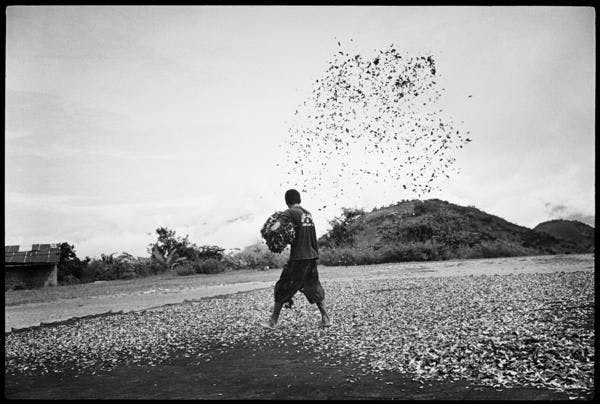Imaginer une nouvelle politique des drogues en Amérique
Ce rapport cherche à comprendre comment les risques causés par les drogues peuvent être gérés grâce à des mesures minimisant les impacts négatifs ayant lieu aussi bien au niveau de la société que de l’individu. Le rapport étudie également comment mettre fin à l’approche prohibitive et militarisée adoptée en matière de drogue qui est profondément ancrée dans la région. Pour en savoir plus, en anglais, veuillez lire les informations ci-dessous.
Abonnez-vous à l'Alerte mensuelle de l'IDPC pour recevoir des informations relatives à la politique des drogues.
Latin America is now at the vanguard of international efforts to promote drug policy reform: Bolivia has rewritten its constitution to recognize the right to use the coca leaf for traditional and legal purposes, Uruguay has become the first nation in the world to adopt a legal, regulated Cannabis market, and Colombia, Mexico, Guatemala, and Ecuador are openly critiquing the prevailing international drug control paradigm at the UN. And now with the United States itself relaxing its marijuana laws state by state, the U.S. prohibitionist drug war strategies are losing credibility in the region.
The process is aided by the steady hemispheric erosion of prohibitions against cannabis. As the recognition of both the benefits and the relative lack of harm of cannabis grows, the anti-prohibition community hopes that the moves towards decriminalization will crack open a space for more discussion on international legalization of the Andes’ miraculous herb, the coca leaf. Shifts are being felt in the international framework as well, even if the steps to modify UN conventions are often faltering.
Even as debate widens, consumption and supply patterns are shifting profoundly. Latin America no longer mostly exports drugs; it consumes them too. Not only does problematic drug use now plague parts of Latin America, but the growth of the region’s middle class has fueled an explosion in cannabis consumption. The locus of drugs production in the region has shifted as well. Colombia’s pivotal role has lessened as Peru has become the world’s largest cocaine producer.
In the United States and Canada, which historically have primarily been consumers, domestic production has grown exponentially. Not only is much marijuana grown locally, but in the United States in particular, the scourge of methamphetamines in rural areas has been fueled by local, not foreign, labs. Another switch has happened in regards to gender, as increasing numbers of poor women have become caught up in small-scale trafficking.
Both the promise of change and the continued price that drugs exact are explored in this NACLA Report. The overarching framework presented by the authors here seeks to understand how to manage the harms caused by drugs in a way that minimizes what can be horrendously negative societal and personal impacts—and how to fundamentally uproot the prohibitive, militarized drug-control approach that remains entrenched in the region. But like every other seemingly intractable issue, much problematic drug use and sales are but a symptom of deeper troubles. Until more hope and opportunity emerge than what enduring neoliberalism has put on offer, vulnerable and marginalized people and their families will continue to pay the highest price for the harms that drugs and the prohibition against them bring.
Click here to read the full report [limited access].
Keep up-to-date with drug policy developments by subscribing to the IDPC Monthly Alert.
Sujets
- Droits des peuples autochtones
- Action policière
- Réduction des risques
- Réforme des lois sur les drogues
- Réduction de la demande
- Décriminalisation
- Culture de plantes considérées illégales
- Justice pénale
- Coca, cocaïne et substances associées
- Cannabis & dérivés
- Santé et réduction des risques
- Décriminalisation, réglementation et réforme
- Développement et environnement
- Violence, action policière et sanctions
